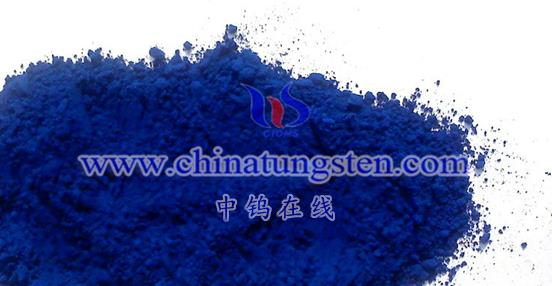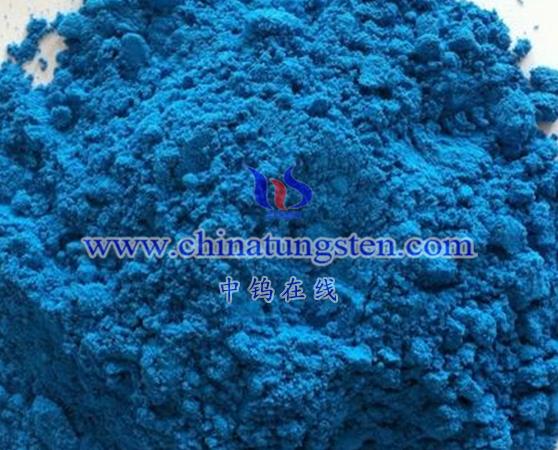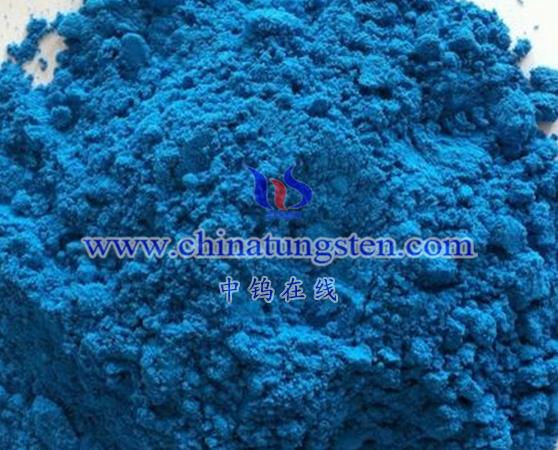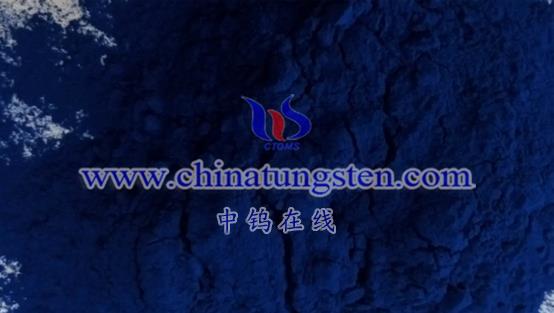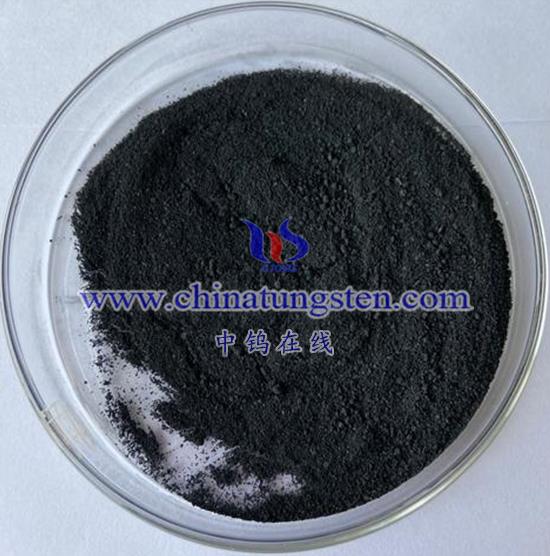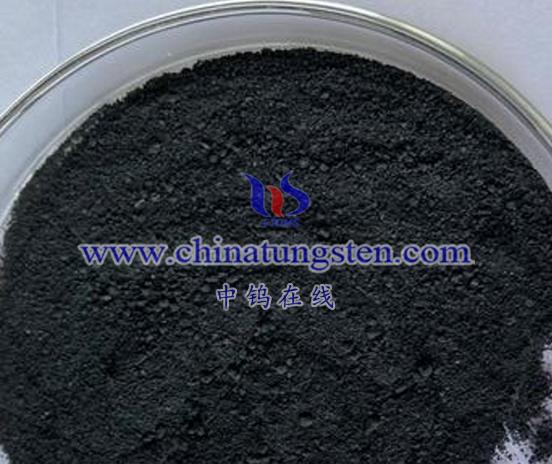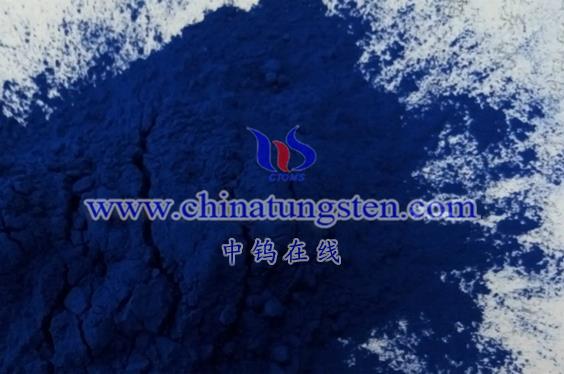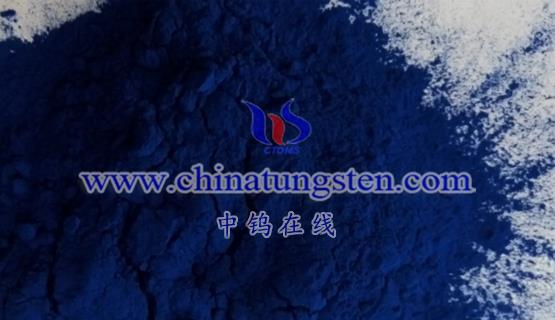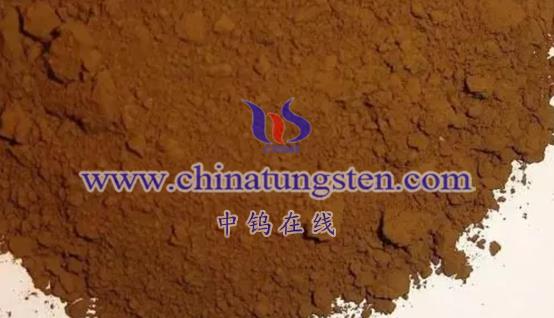
The bulk density of tungsten oxide (also known as loose bulk density) refers to the mass of tungsten oxide powder per unit volume in its natural loose state. This parameter reflects the degree of packing and the voids between powder particles, and is an important physical property of powder materials.
Influencing Factors
Particle Shape
The shape of the particles is a key factor affecting bulk density. Tungsten oxide particles with a regular shape (e.g., spherical or near-spherical) can fill space more effectively and reduce voids during packing, thereby increasing bulk density. Conversely, irregularly shaped particles, such as plate-like, needle-like, or branched shapes, tend to create more voids during packing, leading to a lower bulk density.
Particle Size Distribution
The particle size distribution also affects bulk density. Powders with a uniform particle size distribution can form a more compact packing structure, thus increasing bulk density. Powders with a non-uniform size distribution may lead to increased voids, resulting in lower bulk density.
Surface Properties
Surface properties of the powder particles, such as surface roughness and surface activity, can also impact bulk density. Particles with rough surfaces may interlock more closely during packing, forming a denser packing structure. In contrast, particles with high surface activity may clump together due to mutual attraction, leading to a decrease in bulk density.
Preparation Process
Different preparation processes can result in varying bulk densities of tungsten oxide powders. For example, the bulk density may differ depending on the grinding methods, sintering processes, and other manufacturing conditions used.
Practical Applications
In practical applications, the bulk density of tungsten oxide powder has significant implications for its processing performance, storage stability, and the final product’s properties. Therefore, it is essential to consider the bulk density characteristics when preparing and using tungsten oxide powders and to take appropriate measures to optimize it.
Considerations
Since bulk density is influenced by multiple factors, tungsten oxide powders from different sources and specifications may have different bulk densities. It is necessary to select and test powders based on specific requirements. Accurate measurement of bulk density should adhere to certain standards and protocols to ensure the accuracy and comparability of results.
Example Data
While specific bulk density values cannot be provided directly (as they depend on experimental data and measurement conditions), reference information can give a general idea of the range. For instance, tungsten oxide powders prepared by certain methods might have bulk densities fluctuating within a certain range (e.g., 2.0-2.6 g/cm³). However, these data are for reference only, and the actual bulk density should be measured and determined based on the specific conditions.
More details of tungsten oxide product, please visit website: tungsten-oxide.com
Please contact CHINATUNGSTEN for inquiry and order of tungsten oxide:
Email: sales@chinatungsten.com
Tel.: 86 592 5129595
